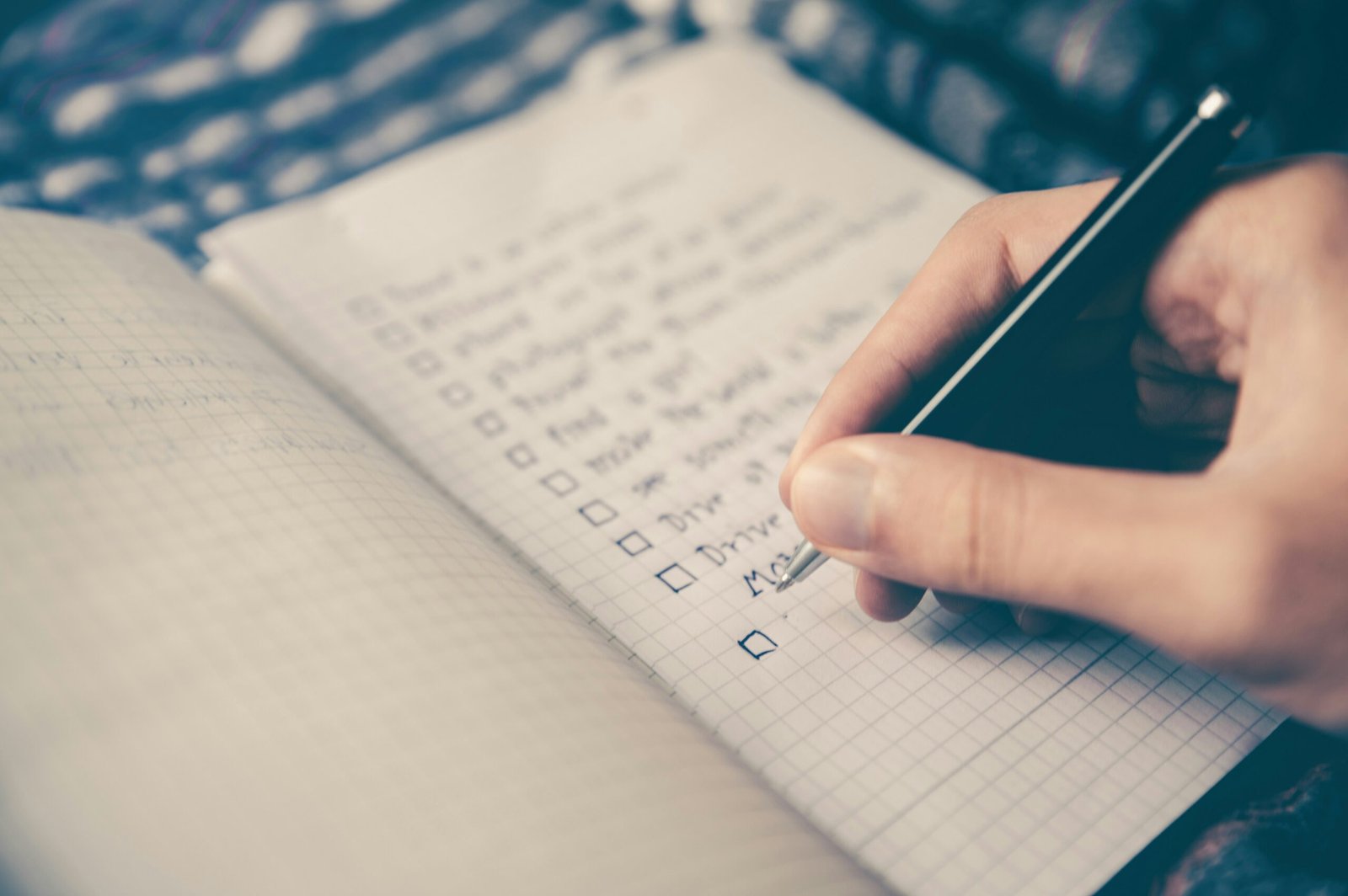Introduction
Starting a workout routine can be intimidating, especially for beginners. However, with the right approach and a well-designed workout plan, you can set yourself up for success. In this article, we will guide you through the process of designing an effective workout plan for beginners.
Assess Your Fitness Level
Before diving into any workout plan, it’s important to assess your current fitness level. This will help you determine your starting point and set realistic goals. Consider factors such as your overall health, strength, flexibility, and cardiovascular endurance.
There are a few ways to assess your fitness level:
- Performing a basic fitness test that includes exercises like push-ups, squats, planks, and a timed run or walk.
- Consulting with a fitness professional who can conduct a more comprehensive assessment.
By knowing where you stand, you can tailor your workout plan to your specific needs and abilities.
Set Clear Goals
Once you have assessed your fitness level, it’s time to set clear goals. Having specific goals will give you direction and motivation throughout your fitness journey. Your goals should be SMART:
- Specific: Clearly define what you want to achieve. For example, instead of saying “I want to get fit,” specify “I want to be able to run a 5K without stopping.”
- Measurable: Set goals that can be measured, such as the number of pounds you want to lose or the amount of weight you want to lift.
- Achievable: Make sure your goals are realistic and attainable within a reasonable timeframe.
- Relevant: Ensure that your goals align with your overall fitness aspirations and values.
- Time-bound: Set a deadline for achieving your goals. This will create a sense of urgency and help you stay on track.
By setting clear and SMART goals, you can stay focused and track your progress along the way.
Choose the Right Types of Exercise
When designing a workout plan for beginners, it’s important to include a variety of exercises that target different muscle groups and aspects of fitness. Here are some key components to consider:
- Cardiovascular Exercise: This type of exercise gets your heart rate up and improves cardiovascular endurance. Examples include walking, jogging, cycling, swimming, and dancing.
- Strength Training: Strength training helps build muscle and increase overall strength. It can be done using bodyweight exercises, resistance bands, or weights.
- Flexibility Training: Flexibility exercises improve your range of motion and help prevent injuries. Incorporate stretching, yoga, or Pilates into your routine.
- Balance and Stability Training: These exercises improve your balance and stability, which are essential for everyday activities. Consider incorporating exercises like yoga, tai chi, or balance board exercises.
By including a mix of these exercises in your workout plan, you will work on different aspects of fitness and achieve a well-rounded routine.
Plan Your Workouts
Now that you know what types of exercises to include, it’s time to plan your workouts. Here are some tips to help you create an effective workout plan:
- Schedule: Determine how many days per week you can commit to working out. Aim for at least three to four days to see progress.
- Duration: Decide how long each workout session will be. For beginners, starting with 30 minutes and gradually increasing the duration is a good approach.
- Warm-up and Cool-down: Always include a warm-up and cool-down period in your workouts. This helps prepare your body for exercise and aids in recovery.
- Progression: Gradually increase the intensity, duration, or complexity of your workouts over time. This will challenge your body and prevent plateaus.
- Rest and Recovery: Allow your body time to rest and recover between workouts. This is crucial for preventing injuries and optimizing performance.
Remember to listen to your body and make adjustments as needed. It’s okay to start slow and gradually increase the intensity as you become more comfortable and confident.
Track Your Progress
Tracking your progress is essential for staying motivated and making adjustments to your workout plan. Here are some ways to track your progress:
- Keep a Workout Journal: Write down your exercises, sets, reps, and any notes or observations after each workout.
- Take Measurements: Track your weight, body measurements, and body fat percentage regularly.
- Use Fitness Apps or Wearable Devices: There are many apps and devices available that can help you track your workouts, steps, heart rate, and more.
- Monitor Your Performance: Keep track of how you’re progressing in terms of strength, endurance, and flexibility. This can be done through fitness tests or by simply paying attention to how you feel during workouts.
Regularly reviewing your progress will not only help you stay motivated but also allow you to make adjustments to your workout plan as needed.
Conclusion
Designing an effective workout plan for beginners is all about starting slow, setting clear goals, and gradually progressing over time. By assessing your fitness level, choosing the right types of exercise, planning your workouts, and tracking your progress, you can create a workout plan that is tailored to your needs and helps you achieve your fitness goals. Remember to listen to your body, stay consistent, and enjoy the journey!
